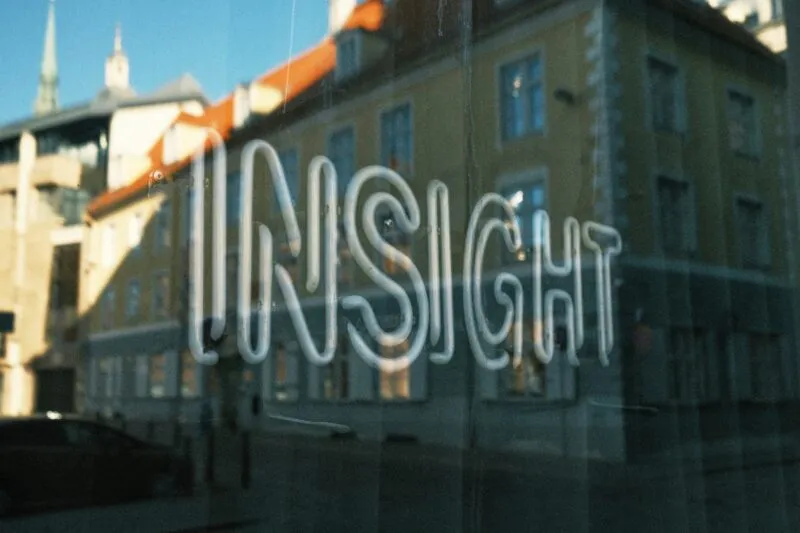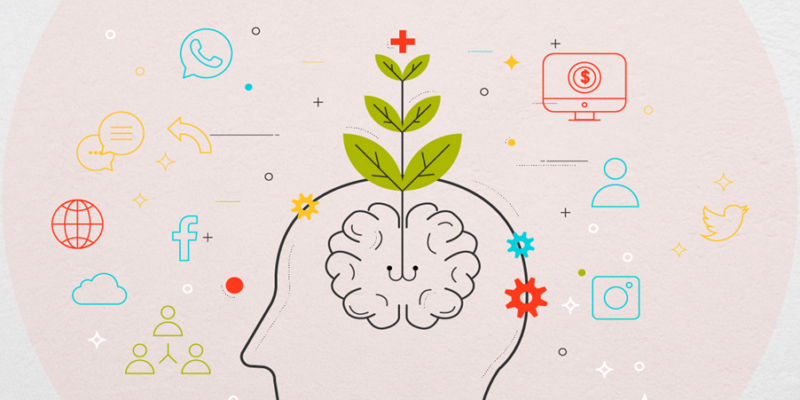Leveraging the Transtheoretical Model of Behaviour Change for Enhanced Consumer Journey Mapping
Slow decisions and procrastination of consumers and corporate and government decision makers is likely the biggest killer of businesses. Ensuring that there is a volume of customers spending consistently coming through the door is the rhythm a business needs to survive and flourish.
A cafe having customers each morning, a building business or consultancy having enough sales to keep their head above the costs. Some businesses are likely ‘easier’ to create a steady flow of customers and revenue. Other businesses may need to think more strategically, reflect on making the customer journey as smooth as possible, promote the business and products and nudge a purchase.
Well reputed and known businesses often die, in recession conditions increasingly so. Restaurants diners were planning to revisit soon, or lower priority spends deprioritised with cost of living pressures. When the economy gets tough, the strategic thinking should go up.
Much hubbub occurs around the importance of journey mapping, however it is critical in the practice of this methodology to ensure that you are mapping using evidence based on the actual reality of customers and potential customers.
This includes conducting robust qualitative and quantitative research, and underpinning the journey on similarly robust behavioural frameworks, such as the Transtheoretical Model of Behaviour Change.
1. Precontemplation:
At this stage, consumers are not yet considering a new product or service. Our research often illustrates unengaged market segments, requiring advertising or other calls to action to let them know that this may be of interest. For example our research for Coopers Home Brew and Mindlab metal detectors both identified untapped potential enthusiastic hobbyists.
By highlighting these benefits, consumer attention shifts towards contemplation.
2. Contemplation:
Consumers begin to think about change once they are aware of the benefits. For example, which brands and products may best fit my needs, now they know this is something they should get. For example, our research for off-road tech brand Redarc illustrated that often potential customers did not understand why they needed such products initially. But, once they became more avid enthusiasts they started getting advice as to important tools and tech from friends and family. Redarc being part of this early conversation was critical.
3. Preparation:
Consumers prepare to act when they perceive a solution that matches their needs. As evidenced in our targeted research, once a beginner in a new hobby starts getting more involved, they may start seeking more sophisticated solutions. For example, our research for iconic South Australian chocolate brand Haigh’s notes that their biggest supporters will use Haigh’s high quality products to bake for their loved ones. Capitalising on this, Haigh’s provides recipes to point those creative customers in the right direction, with the best and most suitable products to bake with.
4. Action:
This is the critical phase where consumers adopt the new behaviour. Much of behaviour change is priming for new habits. Creating pathways to make it easier, or establishing norms to build confidence in the consumer.
5. Maintenance:
In the maintenance phase, the focus shifts to retaining consumers and encouraging long-term loyalty. For a fitness center, we developed retention strategies based on detailed feedback about what kept their members engaged – helping to transform new members into loyal customers. We provide ongoing support for brands like Coopers, Minelab, Redarc and Haigh’s, which enables them to keep abreast of any changes within their consumer base. If there are questions – online or in-person (phone / in-store) the brand is there to help resolve any problems. Often such brands have active online community portals that self-moderate and support each other, while helping to retain customers for the brand.
Cognitive bias
The Transtheoretical Model is enhanced through understanding of cognitive biases that affect consumer decision-making.
For example …
Status Quo Bias (Precontemplation): By understanding this bias, marketers can create messages that gently challenge the status quo by subtly highlighting what might be missed by not considering alternative options. This can slowly build awareness and lead to contemplation.
Confirmation Bias (Contemplation): Tailor marketing content to confirm potential positive outcomes of changing behaviours or trying new products. This bias can be leveraged to reinforce how new behaviors or products align with existing values or beliefs.
Optimism Bias (Preparation): Use this bias to highlight the benefits and successful outcomes of adopting the new behaviour or product. Optimism bias helps in building a positive expectation, reducing fear of the new, and increasing the likelihood of moving to the action stage.
Endowment Effect (Action): Once consumers have tried a product, enhance their perception of ownership and value by personalising the experience or offering customisation. This increases their commitment and satisfaction, encouraging continuous use.
Consistency Bias (Maintenance): Consumers strive to be consistent with their past behaviour and self-image. Regular reminders of their commitment and the benefits of sustained behaviour can reinforce consistency. Loyalty programs and ongoing engagement strategies can be utilised to keep consumers loyal and prevent relapse into old habits.
Square Holes incorporates primary and secondary research, the transtheoretical model and cognitive bias into journey mapping across business growth and social behaviour change clients, guiding each phase of the consumer’s decision-making process. This strategic framework not only clarifies the stages of behaviour change but also provides actionable interventions at each step, ensuring that businesses can effectively engage and retain their target markets, a difficult but necessary process in the success of any business.
Fundamentally, understanding customers through research and psychological models is valuable in businesses surviving and growing, and wider social impact.




